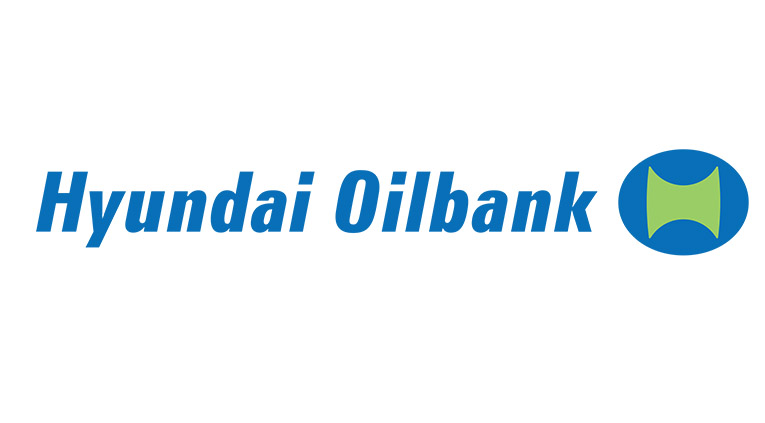Hyundai Oilbank, South Korea’s giant, is well on its way to growing its hydrogen footprint. The company aims to establish a leading domestic market for hydrogen and to develop that leadership globally.
Edgare Kerkwijk, a board member of the Asia-Pacific Hydrogen Association, said about Hyundai’s plans. “The Korean chaebols are not only focusing on selling their hydrogen expertise and equipment overseas to establish new export markets. It is clear that South Korea also wants to develop a leading domestic market for hydrogen.”
He also added. “Hyundai Oilbank’s plans are a part of Korea Inc’s drive towards becoming a leader in the hydrogen industry in Asia-Pacific and potentially globally.”
As S&P Global reports, one of the initiatives that the company undertook was the signing of an agreement with U.S. giant Air Products & Chemicals. The agreement intends to use the American’s technology to produce hydrogen from crude oil byproducts and natural gas.
Yet on another agreement, Hyundai Oilbank will import through its oil refinery units liquified petroleum gas from Saudi Aramco. Then it will convert into blue hydrogen, which is the hydrogen produced with fossil fuels but with captured CO2 emissions.
Also recommended for you: Nextracker to provide top-notch tech for 1,5GW solar projects in Indiana. Click here to read.
Hyundai Oilbank with the goal of producing 100,000 m/t a year of blue hydrogen by 2025
According to the S&P report, the most recent decision of Hyundai in regards to hydrogen is to produce separators for fuel cells. A company official said on August 28 that the company had firmed up plans to set up the fuel cell separator facility in its main complex in Daesan, on the west coast of South Korea.
The official said, quoted by S&P. “We will conduct a test-run of the facility by the end of this year, which will be followed by actual tests of the separators, jointly with local automakers within next year. So, we can start mass production of fuel cells separators in 2023.”
On the other hand, a fuel cell separator is a critical component of the fuel cell. It is a stack of hundreds of unit cells composed of cathodes and anodes. The separator serves as a channel for supplying hydrogen to the anode and oxygen to the cathode. It also functions as support between unit cells constituting the stack.
Finally, the company aims at producing 100,000 mt/year of blue hydrogen by 2025. It also plans to establish 180 hydrogen fueling stations by 2030. Company’s officials confirmed to S&P. “The company aims to raise Won 500 billion ($428 million) in annual sales from the hydrogen fuel cell business and W100 billion in an annual operation profit by 2030.”


